What is a Mooring Buoy?
A buoy is a type of object that floats in water and is used in the middle of the seas as a locator or as a warning point for ships. Buoys are generally bright (fluorescent) in colour and made of PVC tubing. Some buoys have a sturdy one-piece polyethylene shell and hard skin shells which act as Ultraviolet light absorbers with a sandblasted finish.
Mooring buoys are a type of buoy to which ships can be moored in deep oceanic areas. A mooring buoy weighs more than standard buoys.
The mooring buoy is designed in a manner that there is a heavier weight located right at the bottom of the sea. This weight is like an anchor holding the buoy afloat in the water.
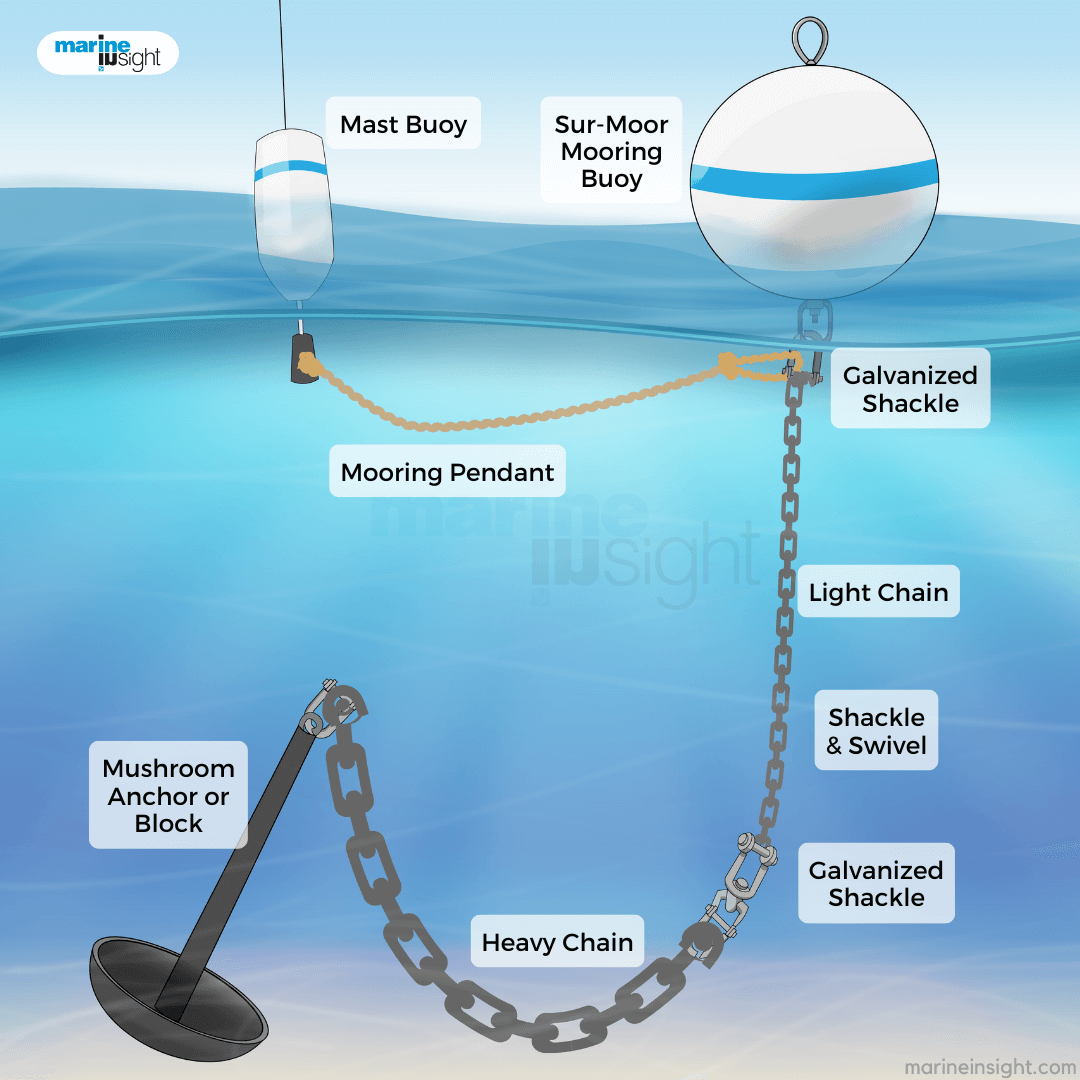
A mooring buoy has loops or chains attached to its top that float on the water. These chains are provided so that ships or boats can be effectively moored to them.
It is essential to use the mooring equipment correctly. While approaching the Buoy, the yellow pick-up line should be close. It can be retrieved using the boat hook.
The vessel’s bow line should be fitted with the loop of the pick-up line. Cleat the ends of the bow line to the vessel’s bow. The pick-up line should not be tied to the vessel directly since it stresses the mooring system.
Size of Mooring Buoys
Mooring Buoys come in different sizes and features, depending on the requirement. Their diameter ranges from 12′ to 30′. Top brands selling mooring buoys and related accessories include Cal June, Jim Buoy and Wholesale Marine’s taylor made traditional sur-moor mooring buoy which supports the mooring line effectively. Taylor Made Shackle Buoys have a rope nest design in a cup shape at the top of the buoy, enabling the anchor shackle to remain under the buoy surface.
The entire application of a mooring buoy works in such a way that the buoy is floating while the ships are moored to very firm support without using the anchor system to halt a ship. In some parts of the world, mooring buoys are also used to moor boats and ships away from areas where coral reefs thrive.
Ships using mooring buoys to protect coral reefs do so because when the traditional types of anchors are used, they tend to dig and uproot the coral that lies deep under the water’s surface. This would cause a huge loss to the marine ecosystem.
By using a mooring buoy, two purposes are served – the ships are moored appropriately and the loss to the marine life-forms is prevented. Such mooring buoys in coral reef areas are located mainly in Australia, Asia, and also in some parts of the United States.
The shipping tankers using mooring buoys have to follow regulations set by the Oil Companies International Marine Forum (OCIMF). This is an official and voluntary association of companies that engage mainly in oil extraction and shipping across the world.
Oil tankers use mooring buoys because they are stable and easy when it comes to unloading the cargo contained in these ships. Instead of a tanker ship going to an oil rig for loading oil containers, it’s better if this procedure is carried out on the high seas so that delays are not caused in the transportation of cargo to the required areas.
A mooring buoy is more preferred to the traditional type of anchors in today’s times. In the days to come, because of the increase in awareness towards environmental protection, the system of a mooring buoy will be the most relevant equipment in the shipping industry.
FAQs About Mooring Buoys
Here are some of the Frequently Asked Questions About Mooring Buoys-
1. What is the purpose of a mooring buoy?
Mooring buoys are placed in waters as warning points for ships, to guide or warn sailors of dangers ahead, and for preventing the vessel from drifting by fixing it firmly with the seabed using the mooring line. They also aid in coral reef conservation.
2. How Does a mooring Buoy work?
Mooring Buoys are floating structures required for mooring cruise ships, fishing vessels, cargo carriers, and private ships when they are in deep waters or even shallow waters. The Buoys are fitted to the seabed through mooring chains or ropes.
3. What does a mooring buoy look like?
Generally, a mooring buoy is circular in shape, painted white with blue or orange stripes.
4. How are mooring buoys marked?
Mooring Buoys are white with blue horizontal bands allowing ships to moor in public waters. It is unlawful to tie the vessel to any boat, light markers, beacons, stakes, flags, or other navigational aids apart from designated buoys.
5. How are mooring buoys anchored?
Mooring Buoys are designed in a way that the heavyweight is located right at the sea bottom. This weight acts like an anchor, keeping it afloat on the water. It has loops and chains attached to its top.
6. Which colours on a mooring buoy?
Mooring Buoys are usually yellow in color along with white with a blue horizontal band.
References: Americanreef, yourdictionary
Do you have info to share with us ? Suggest a correction
About Author
Marine Insight News Network is a premier source for up-to-date, comprehensive, and insightful coverage of the maritime industry. Dedicated to offering the latest news, trends, and analyses in shipping, marine technology, regulations, and global maritime affairs, Marine Insight News Network prides itself on delivering accurate, engaging, and relevant information.

About Author
Marine Insight News Network is a premier source for up-to-date, comprehensive, and insightful coverage of the maritime industry. Dedicated to offering the latest news, trends, and analyses in shipping, marine technology, regulations, and global maritime affairs, Marine Insight News Network prides itself on delivering accurate, engaging, and relevant information.
Latest Marine Navigation Articles You Would Like:
Subscribe To Our Newsletters
By subscribing, you agree to our Privacy Policy and may receive occasional deal communications; you can unsubscribe anytime.
Web Stories



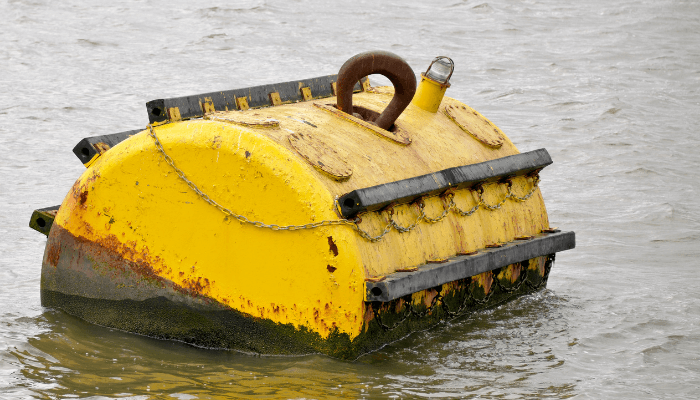
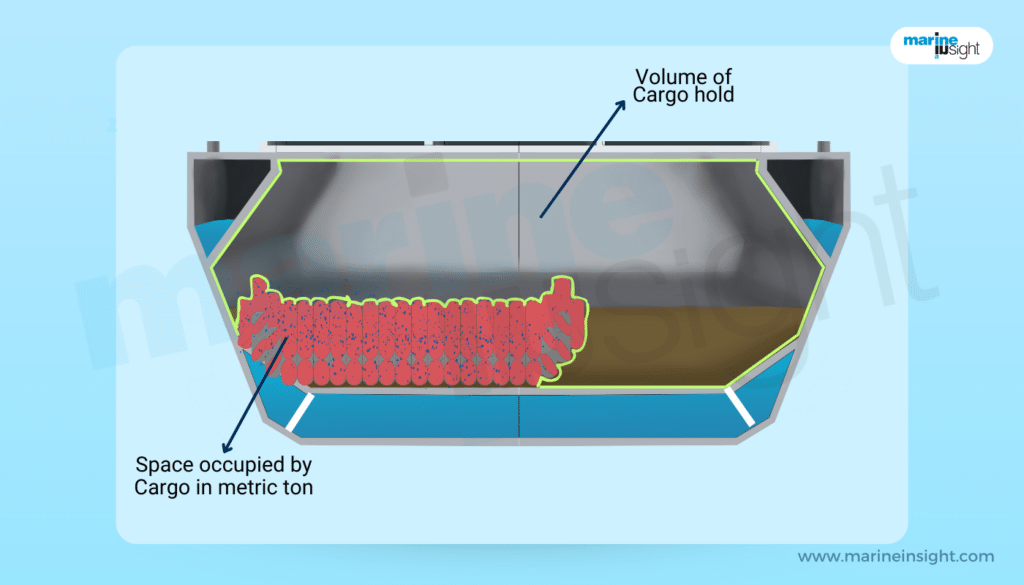
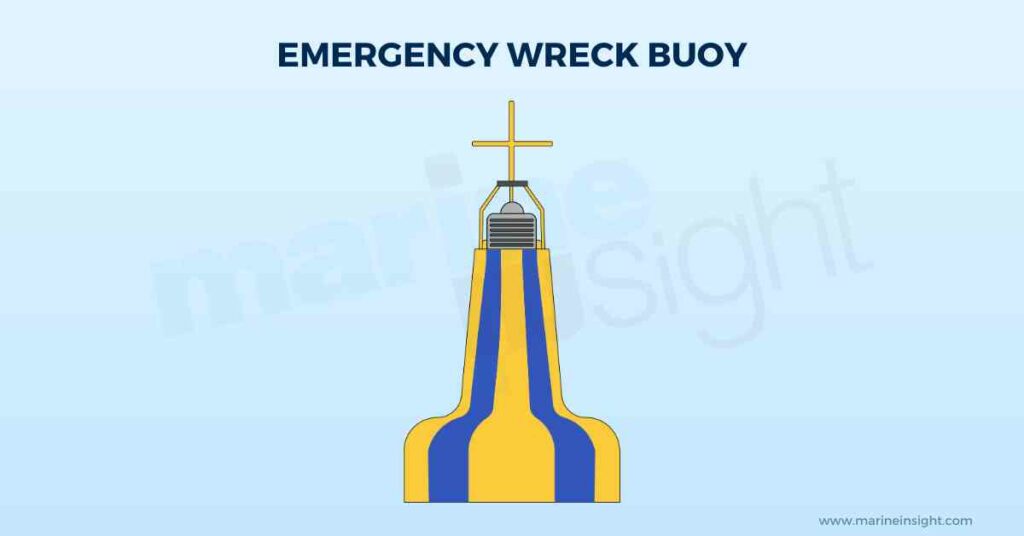

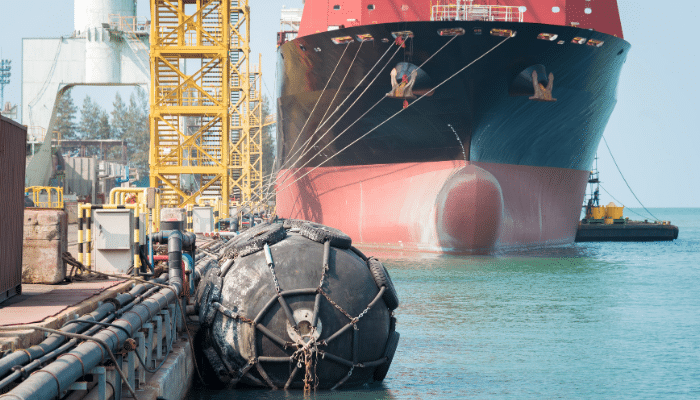
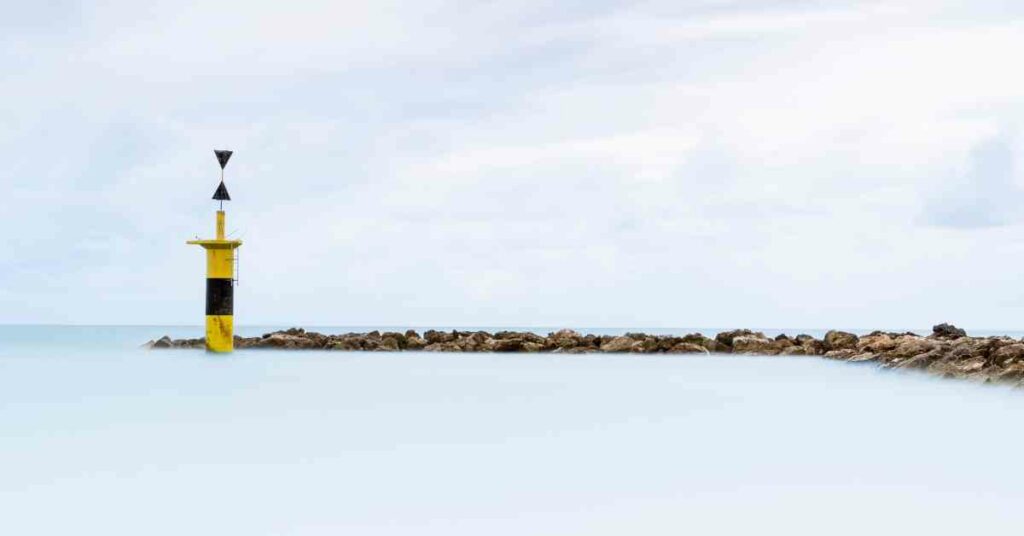
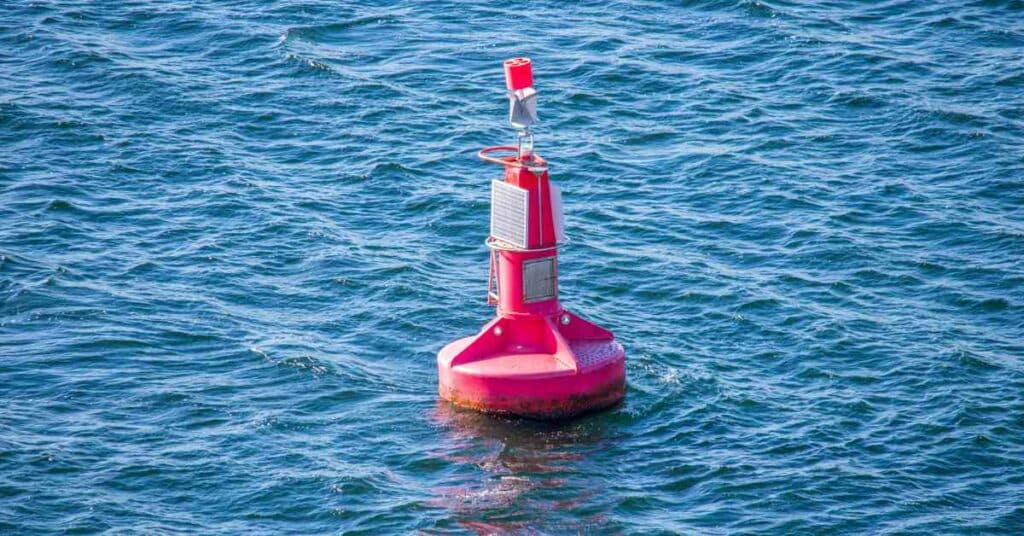

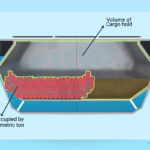
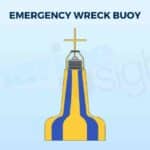

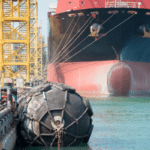
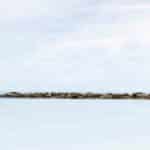
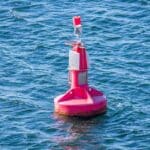

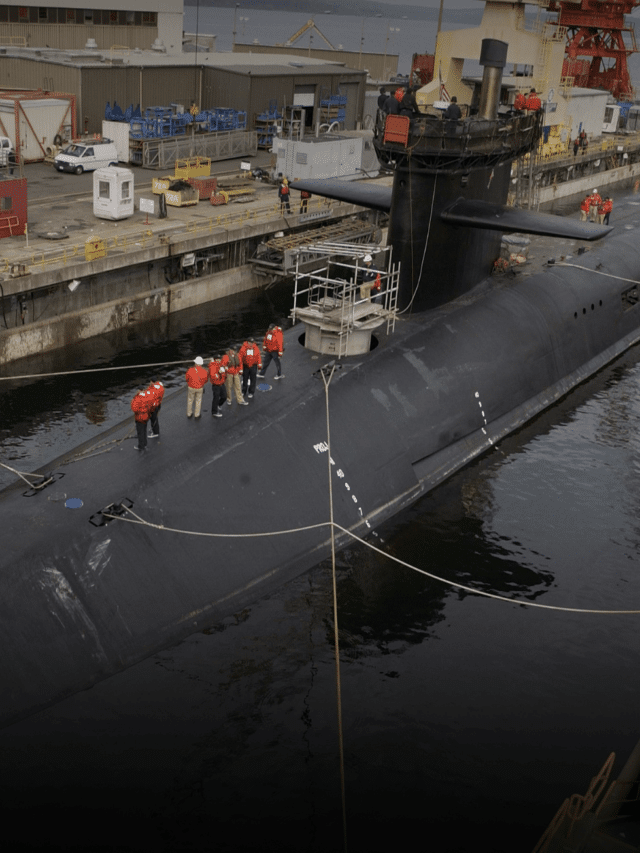

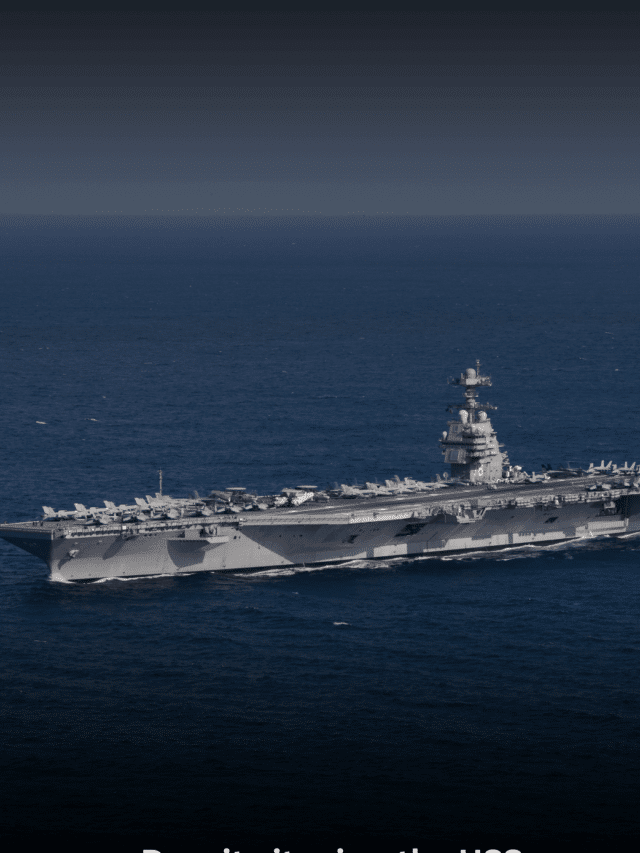
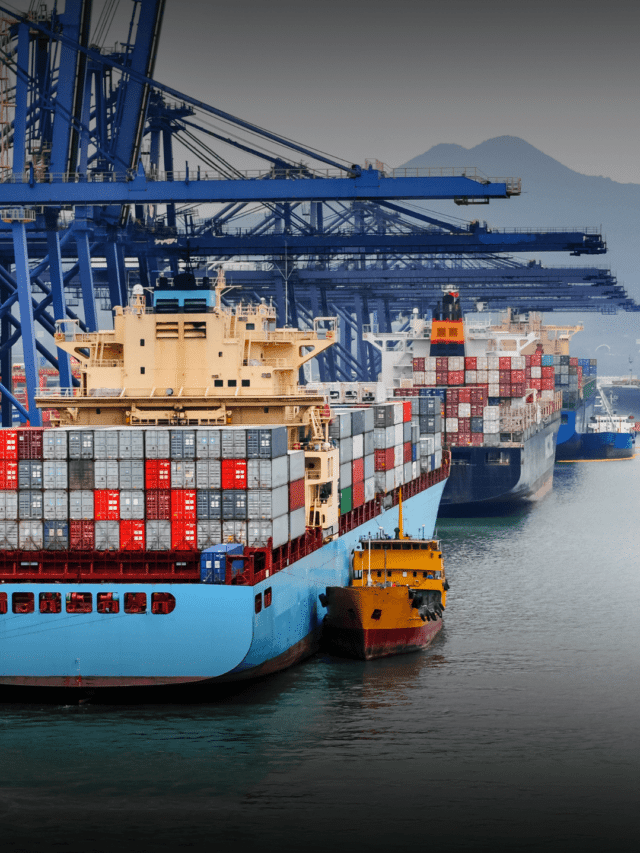
Good day Dear
Please send me more information if you would.
Please explain the difference between berthing and mooring in detail.
Can a ship be anchored to subsurface mooring buoy ?